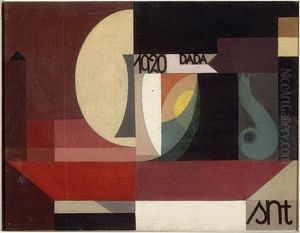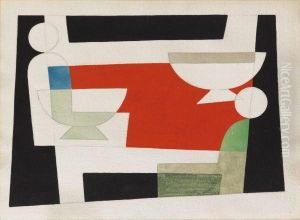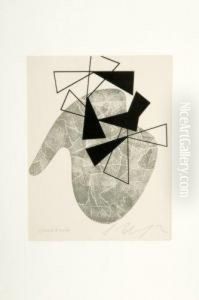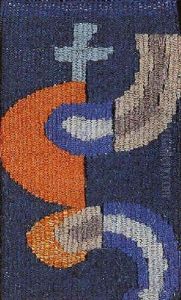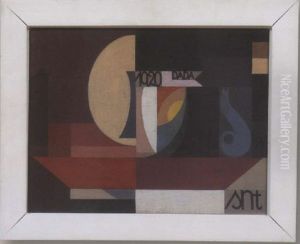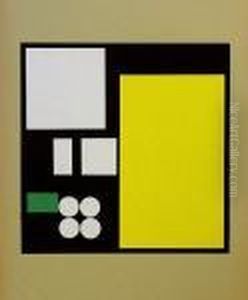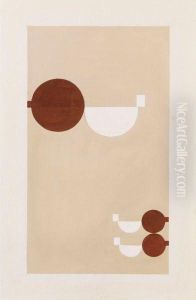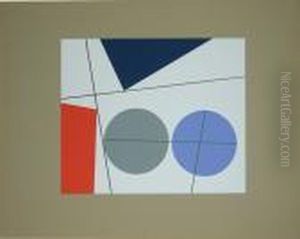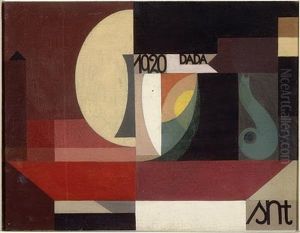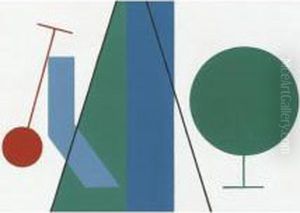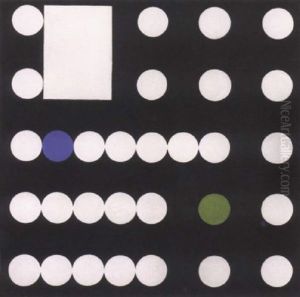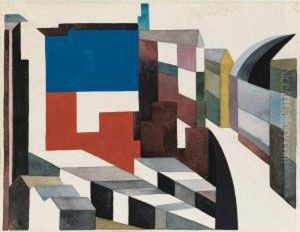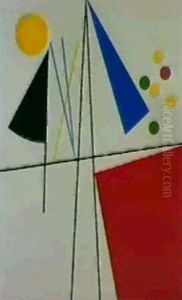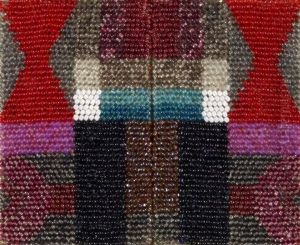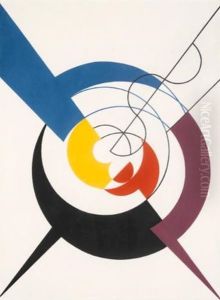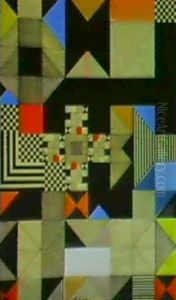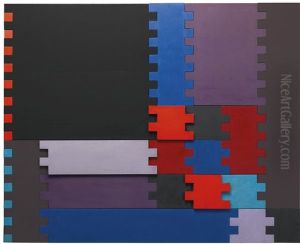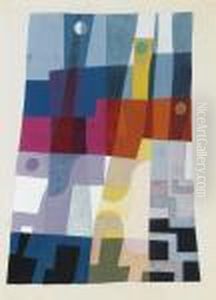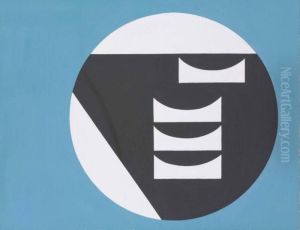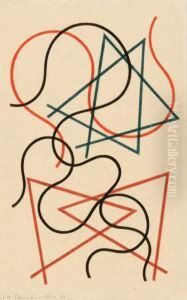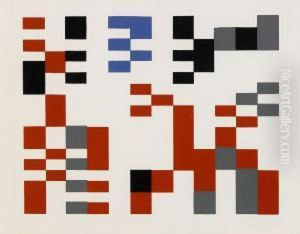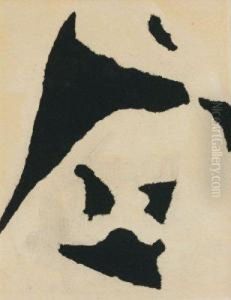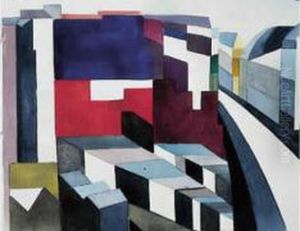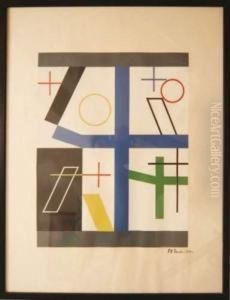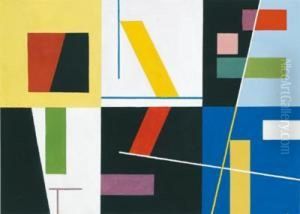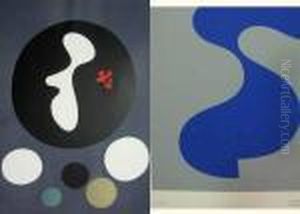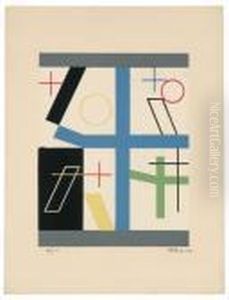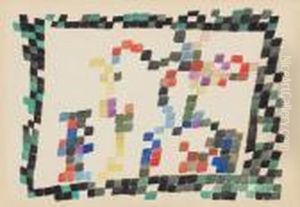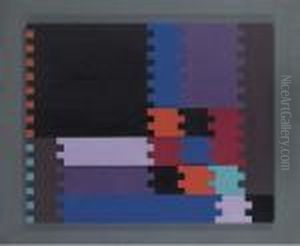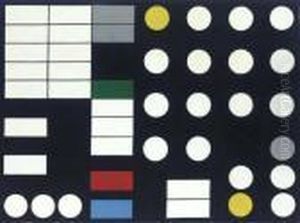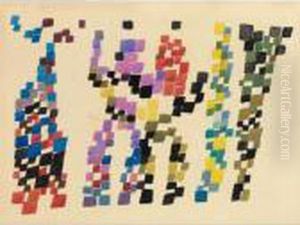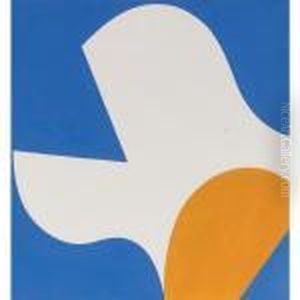Sophie Taeuber-Arp Paintings
Sophie Taeuber-Arp was a Swiss artist, painter, sculptor, textile designer, and dancer who is considered one of the most important figures of the 20th-century avant-garde movement. Born on January 19, 1889, in Davos, Switzerland, she studied textile design and dance at the School of Applied Arts in St. Gallen and later at the Laban School of Dance in Zurich. Her multidisciplinary approach to art was innovative and ahead of its time, merging the boundaries between fine art and applied arts.
Taeuber-Arp was a central figure in the Dada movement in Zurich during World War I, where she met and collaborated with artists like Hans Arp, whom she married in 1922. She was involved in the creation of the Cabaret Voltaire, a nightclub that became a hub for Dada activities, and participated in Dada performances, often wearing masks she created herself.
Her work in textile arts was particularly significant, as she was one of the early adopters of abstract composition in textile design, and her work in this field was influential in the development of modern abstract art. Taeuber-Arp's contributions to the visual arts include geometric abstractions and reliefs, which were characterized by their harmonious and rhythmic compositions.
During the 1920s and 1930s, she also contributed to the development of Constructivism and geometric abstraction through her paintings, sculptures, and architectural designs. With her husband Hans Arp, she produced several pieces of collaborative artwork that blurred the lines between their individual styles.
Unfortunately, Taeuber-Arp's life was cut short when she died from accidental carbon monoxide poisoning on January 13, 1943, in Zurich. Despite her early death, her work has continued to be celebrated for its innovation and its significant influence on the development of various modern art movements. Sophie Taeuber-Arp's legacy is preserved through her diverse body of work, which remains an inspiration for artists and designers to this day.
